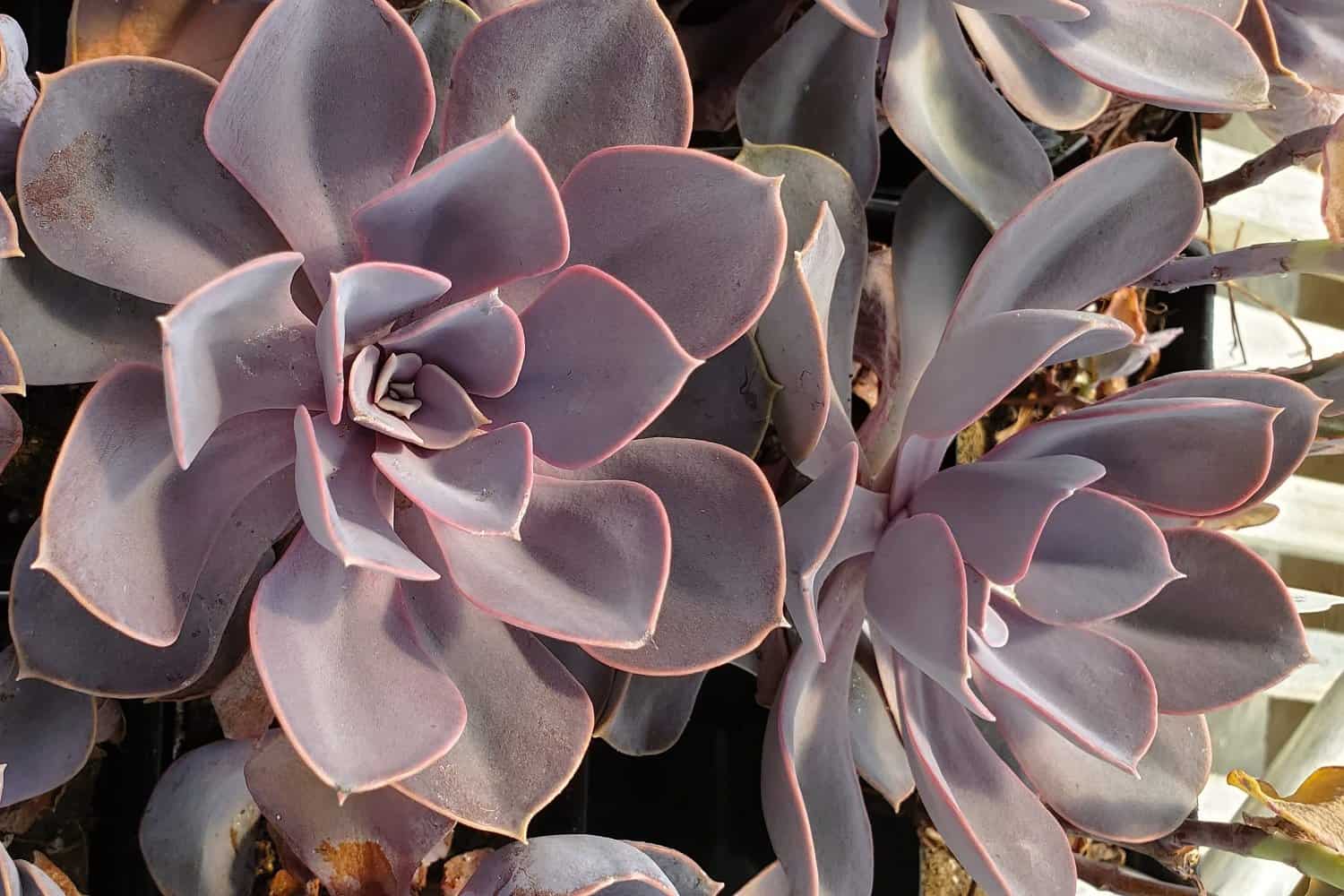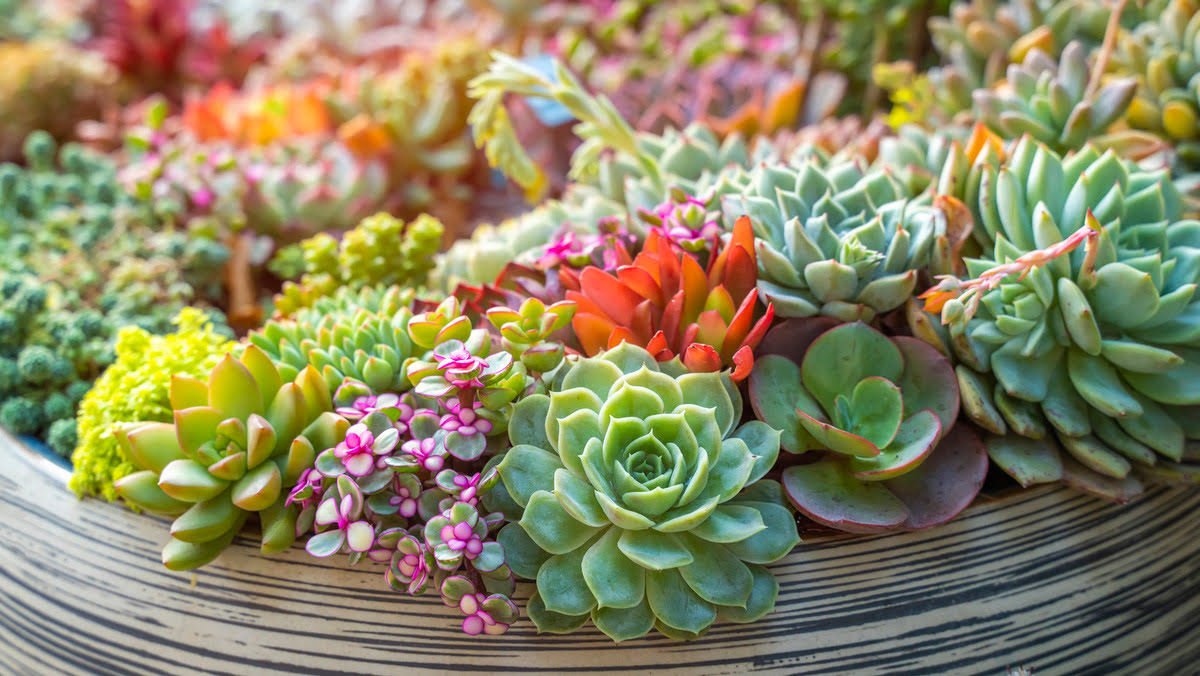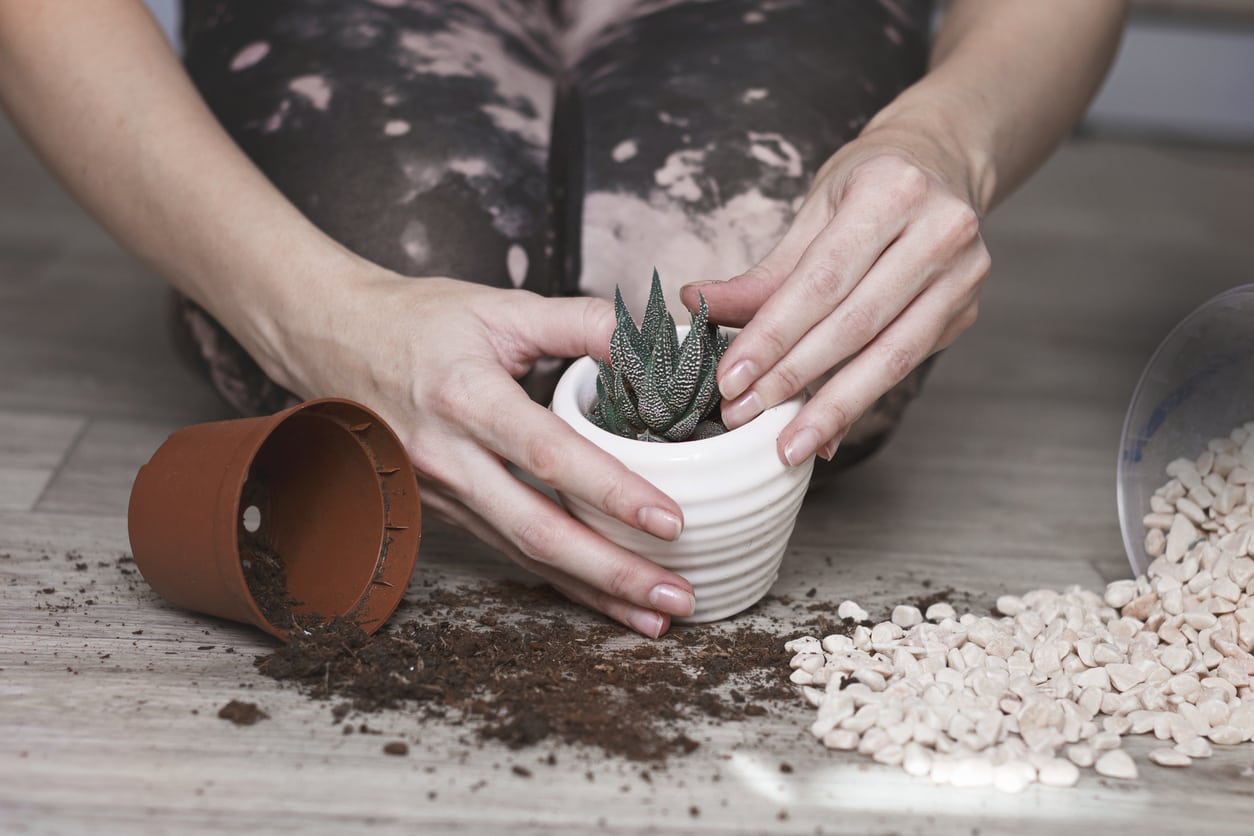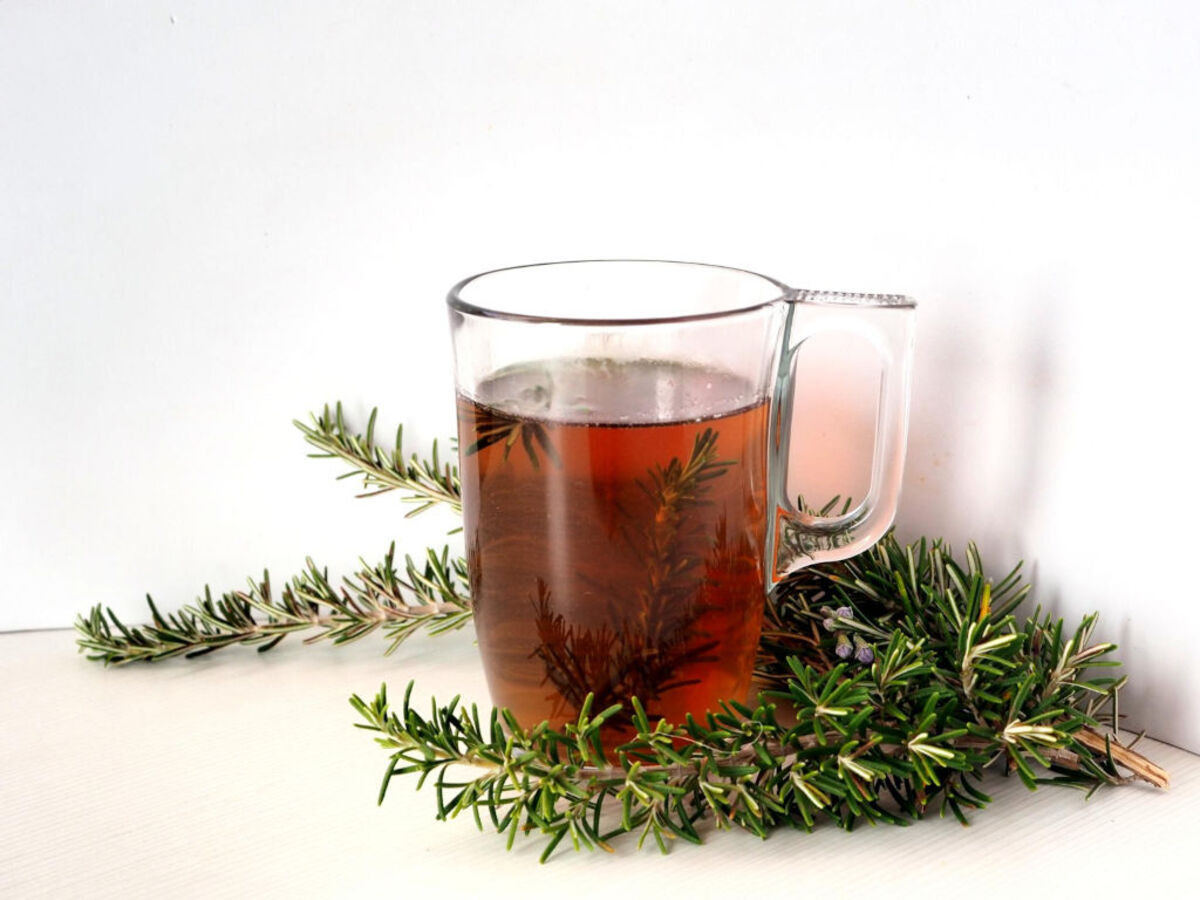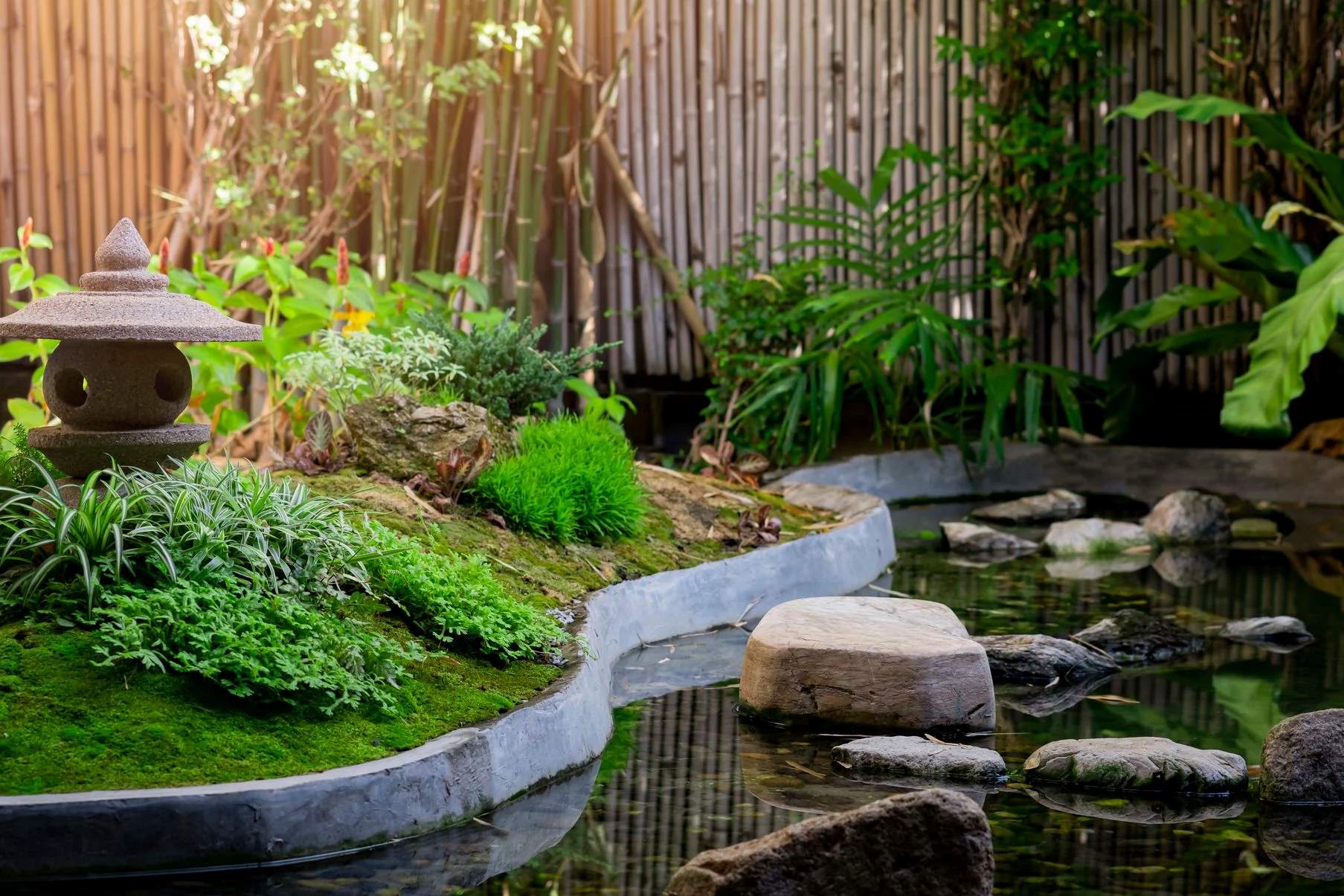Home>Types of Gardening>Ornamental Gardening>How To Make Your Succulents Grow Faster
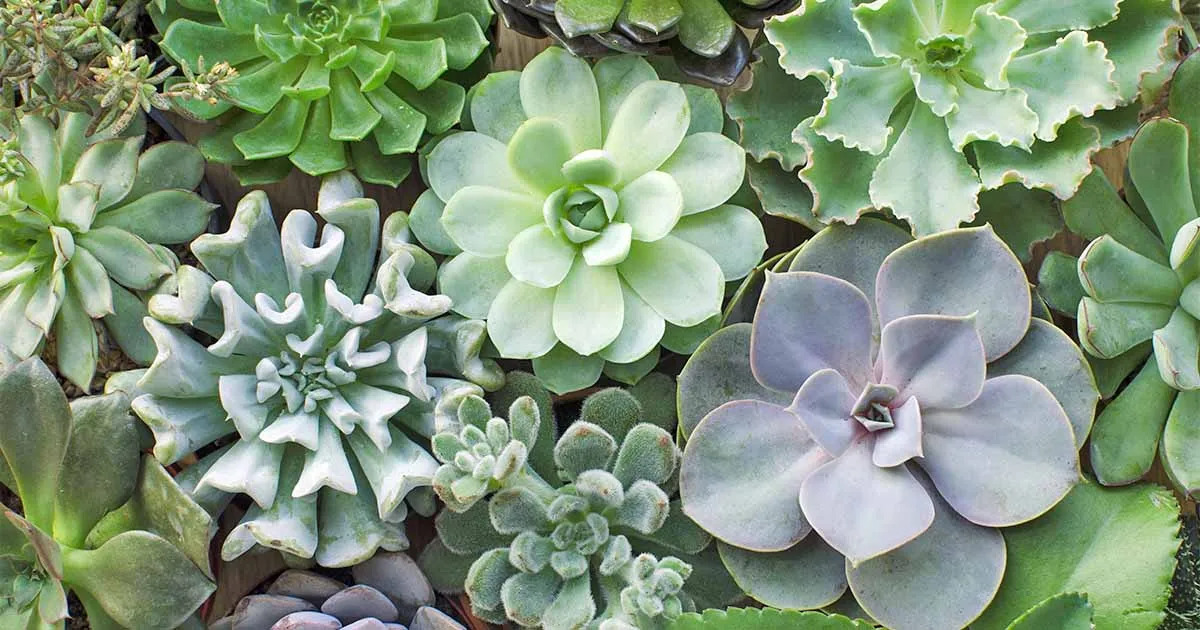

Ornamental Gardening
How To Make Your Succulents Grow Faster
Modified: January 22, 2024
Learn effective techniques for speeding up the growth of your succulents with our expert ornamental gardening tips. Accelerate your succulent garden's growth today!
(Many of the links in this article redirect to a specific reviewed product. Your purchase of these products through affiliate links helps to generate commission for Chicagolandgardening.com, at no extra cost. Learn more)
Table of Contents
**
Introduction
**
Welcome to the wonderful world of succulents! These fascinating plants have captured the hearts of gardeners and plant enthusiasts with their unique shapes, vibrant colors, and remarkable resilience. Whether you're a seasoned gardener or just starting your green journey, understanding how to make your succulents grow faster can be an exciting and rewarding endeavor.
Succulents, with their ability to store water in their leaves and stems, are well-suited to various environments, making them versatile additions to any garden or indoor space. With the right care and attention, you can encourage your succulents to thrive and flourish, showcasing their natural beauty in full splendor.
In this comprehensive guide, we will delve into the intricacies of succulent care, exploring the key factors that contribute to their growth and vitality. From creating the ideal environment to mastering watering techniques and propagation methods, you'll gain valuable insights into nurturing these captivating plants. Whether you're aiming to expand your succulent collection or simply seeking to help your existing plants thrive, this guide will equip you with the knowledge and techniques to make your succulents grow faster and healthier.
So, let's embark on this green adventure together, as we uncover the secrets of succulent care and cultivation, and discover the joy of fostering these remarkable plants in your own garden or living space.
Understanding Succulents
Before delving into the specifics of nurturing succulents for optimal growth, it’s essential to grasp the unique characteristics that define these remarkable plants. Succulents belong to a diverse group of species, encompassing a wide array of shapes, sizes, and textures. What unites them is their remarkable ability to store water in their fleshy leaves, stems, or roots, allowing them to thrive in arid and semi-arid regions where water is scarce.
One of the defining features of succulents is their remarkable adaptability to various environments, making them ideal for both indoor and outdoor cultivation. From the iconic rosettes of Echeveria to the striking architectural forms of Agave, succulents offer an impressive range of visual appeal, adding a touch of natural artistry to any setting.
Furthermore, succulents exhibit a fascinating array of colors, ranging from soothing greens to vibrant purples and oranges, often enhanced by intriguing textures and patterns. This diversity allows for endless creativity in designing captivating succulent arrangements and landscapes.
Understanding the natural habitat of succulents is crucial for providing them with the right conditions to thrive. Most succulents originate from regions with well-draining soil, ample sunlight, and limited humidity. By replicating these conditions in their care, you can ensure that your succulents receive the essential elements for robust growth and development.
By gaining a deeper understanding of the unique traits and requirements of succulents, you’ll be better equipped to create an environment that fosters their well-being and accelerates their growth. With this knowledge as our foundation, we can now explore the specific factors that contribute to the optimal growth of these captivating plants.
Providing the Right Environment
Creating the ideal environment for your succulents is paramount to ensuring their robust growth and overall well-being. Central to this endeavor is understanding the key elements that contribute to a thriving succulent habitat, including light, soil, and temperature.
1. Light: Succulents are inherently sun-loving plants, thriving in bright, indirect sunlight. When cultivating succulents indoors, it’s essential to position them near a sunny window where they can receive ample natural light. Outdoors, ensure that your succulents are placed in locations with partial to full sunlight, depending on the specific requirements of each species. By providing the right amount of light, you’ll encourage compact growth and vibrant coloration in your succulents.
2. Soil: Well-draining soil is a non-negotiable aspect of succulent care. The majority of succulents prefer soil that allows water to pass through quickly, preventing the risk of root rot caused by waterlogged conditions. You can create a suitable succulent mix by combining standard potting soil with coarse sand or perlite to enhance drainage. Alternatively, specialized cactus and succulent potting mixes are readily available and provide an optimal growing medium for these plants.
3. Temperature: Succulents generally thrive in warm environments, with most species preferring temperatures between 70°F and 85°F (21°C to 29°C) during the growing season. It’s crucial to protect succulents from extreme temperature fluctuations, especially during winter, as prolonged exposure to cold can damage their delicate tissues. When cultivating succulents indoors, be mindful of their proximity to drafty areas and heating vents to maintain a stable and favorable temperature range.
By carefully attending to these environmental factors, you can create a nurturing habitat that empowers your succulents to thrive and flourish. With the right balance of light, soil, and temperature, you’ll lay the groundwork for accelerated growth and the vibrant vitality of your succulent collection.
Watering and Fertilizing
Mastering the art of watering and fertilizing is essential for promoting the vigorous growth and overall health of your succulents. These practices play a pivotal role in sustaining the plants’ resilience and encouraging robust development.
1. Watering: Succulents have adapted to thrive in arid environments, storing water in their tissues to endure periods of drought. As a result, they are highly susceptible to root rot if overwatered. It’s crucial to adopt a cautious approach to watering, allowing the soil to dry out partially between waterings. When watering, apply a thorough soak, ensuring that excess water drains away promptly. Inadequate drainage can lead to waterlogged soil, endangering the roots of your succulents. During the dormant winter months, reduce watering frequency to accommodate the plants’ natural resting period.
2. Fertilizing: While succulents are known for their ability to thrive in nutrient-poor soils, providing occasional fertilization can bolster their growth and resilience. Opt for a balanced, water-soluble fertilizer specifically formulated for cacti and succulents, and apply it sparingly during the growing season. Over-fertilizing can lead to excessive foliage growth at the expense of the plants’ natural form, so it’s important to adhere to the recommended dilution and frequency guidelines provided by the fertilizer manufacturer. Refrain from fertilizing during the winter months, as succulents enter a period of dormancy and do not require additional nutrients during this time.
By adopting a mindful and balanced approach to watering and fertilizing, you can safeguard the vitality of your succulents and bolster their capacity for accelerated growth. These practices, when executed with care and attentiveness, contribute to the flourishing beauty and resilience of your cherished succulent collection.
Pruning and Propagation
Pruning and propagation are valuable techniques that not only maintain the aesthetic appeal of your succulents but also offer opportunities to expand your collection and share the beauty of these remarkable plants with others.
1. Pruning: Regular pruning is beneficial for controlling the size and shape of your succulents, promoting a compact and visually appealing growth habit. When pruning, use clean, sharp scissors or pruning shears to remove dead or decaying leaves, as well as any overgrown or leggy stems. Additionally, pruning can encourage branching and the development of new growth points, contributing to a fuller and more robust appearance. Take care to avoid damaging the central growing point, especially in rosette-forming succulents, to ensure continued healthy growth.
2. Propagation: Propagation presents an exciting opportunity to multiply your succulent collection and share the beauty of these plants with friends and fellow enthusiasts. One of the most common methods of propagation is through leaf or stem cuttings. For leaf propagation, carefully remove healthy leaves from the parent plant and allow them to callus for a few days before placing them on well-draining soil to root. Stem cuttings can be taken from healthy, mature stems and similarly allowed to callus before being planted in suitable growing medium. Another method, specific to certain succulent species, involves dividing offsets or pups from the parent plant and replanting them to establish new individuals.
By embracing the practices of pruning and propagation, you can actively engage in the growth and expansion of your succulent collection, fostering a sense of connection and creativity as you cultivate these captivating plants.
Conclusion
Congratulations on embarking on this enriching journey into the world of succulent care and cultivation. By delving into the intricacies of nurturing these remarkable plants, you’ve gained valuable insights into the factors that contribute to their accelerated growth and overall well-being.
From understanding the unique traits and habitat requirements of succulents to creating an optimal environment that fosters their vitality, you’ve laid the groundwork for cultivating a thriving succulent collection. By providing the right balance of light, well-draining soil, and favorable temperatures, you’ve set the stage for your succulents to flourish and exhibit their natural beauty in full splendor.
Mastering the art of watering and fertilizing has equipped you with the knowledge to sustain the resilience and robust growth of your succulents, ensuring that they thrive in their environment. By approaching these practices with attentiveness and care, you’ve empowered your succulents to reach their full potential and radiate vibrant vitality.
Additionally, by embracing the techniques of pruning and propagation, you’ve not only maintained the aesthetic appeal of your succulents but also actively contributed to the expansion of your collection, fostering a deeper connection with these captivating plants.
As you continue your journey with succulents, remember that patience, observation, and a touch of creativity are invaluable allies in nurturing these resilient and fascinating plants. Whether you’re tending to a single succulent or curating an extensive collection, the rewards of witnessing their accelerated growth and flourishing beauty are boundless.
So, as you tend to your succulents with care and dedication, may each new leaf, each delicate bloom, and each thriving stem serve as a testament to the joy and fulfillment of cultivating these remarkable plants in your own green sanctuary.

